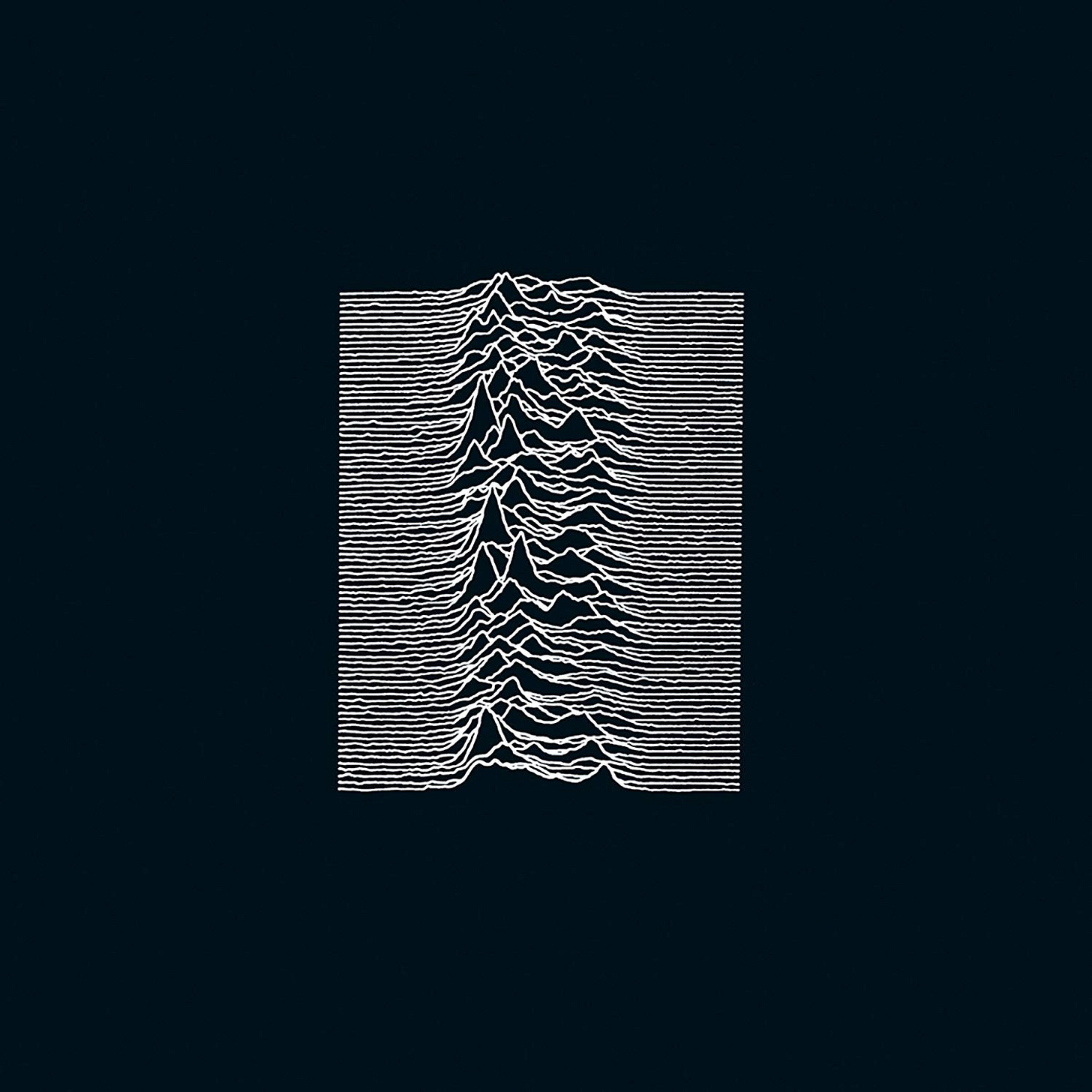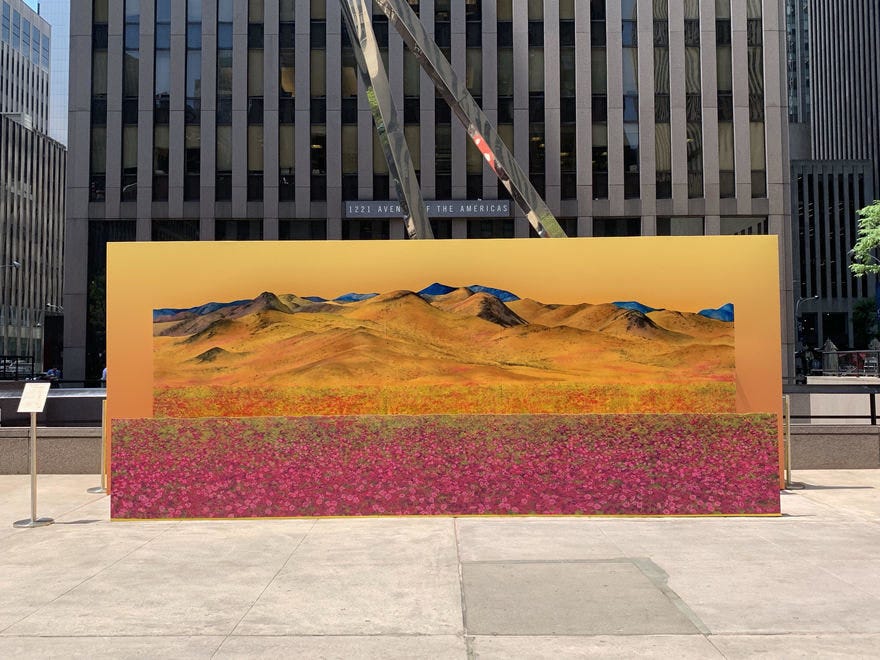Why is this interesting? - The Factory Records Edition
On Peter Saville, Factory Records, and the lasting aesthetics of their partnership
Sam Valenti (SV4) is a longtime friend and founder of the incredible record label and design brand Ghostly International. He’s been a champion for the idea that a label can be more than something that just releases music, but rather a platform for art, curation, and a strong worldview. Since founding it at the University of Michigan in 1999, the imprint has been responsible for some of my favorite music from the likes of Ryan Elliott, Dabrye, Osborne, Audion (aka Matthew Dear), as well as HTRK (who have a new album about to drop). We are pleased to have him writing about another iconic label, one that was likely a source of inspiration. -CJN
Sam here. Factory Records was the vaunted Manchester-based record label that ran from 1978-1992. The label is best known globally for the music of Joy Division and their subsequent New Order guise. Why the label matters, though, is more about attitude and its daring approach to identity. It was the amalgamation of young people acting in concert with little adherence to the rules and a commitment to pleasure, both graphically and sonically, that has kept its flare lit well beyond its natural life.
A lot of the reverence heaped on Factory is fairly aimed at Peter Saville and the cast of visual artists who comprised the Factory stable. World-class image-makers like photographer Trevor Key and designers 8vo ensured that every release was impactful.
Even the idea of a “release” was brought into question by Factory. While most labels assign a number to each new musical product, Factory’s catalog encompasses the odds and ends that defined what a record label could be. It included their nightclub The Haçienda (FAC 51), related lawsuits (FAC 61), and even co-founder Tony Wilson's coffin (FAC 501).
Why is this interesting?
Back to records, Saville’s free reign to do his bidding was a part of Factory’s shambolic process as explained in Adam Wray’s recent interview with him for SSense:
Saville describes Factory as an “autonomous collective,” born in 1978 from the punk-indebted notion that it would operate only in service of music and ideas, with zero regard for profitability. What this meant for Saville, one of its founders and its de facto art director, was creative freedom rarely offered in the field of graphic communications—a profession fundamentally concerned with satisfying clients’ needs rather than pursuing one’s own impulses.
In Saville’s hands, Joy Division and New Order’s sleeves were an art historical survey in their own right. Focusing less on a coherent style, their catalog reaches across Italian Futurism, French Realism, contemporary advertising, and even the machines of their making. Often lacking the name of the band or record itself, these covers were part of Saville’s interest in creating a "mass-produced secret" as the images become less about marketing and more of a knowing bond built between fan and band.
The most famous sleeve, of course, is Joy Division’s Unknown Pleasures. A space black sleeve with a “found” graphic of a pulsar (I had to look it up too). But what does it all mean? With Saville, the concern for authorship or the “artist’s hand” is erased. What we are left with is the power of images to convey the otherwise unseeable music. The concept of appropriation is important in the work of Factory. By assigning their identity to an image, idea, or building, or attaching a band to it, it imbues the thing with a different hue. This maneuver is now, of course, the foundation of modern branding, where showing the product itself is no longer a prerequisite. Creating desire through image can be a mental hyperlink, invoking the right feel through unexpected cues and associations.

In praise of the willful amateur, Factory did it “wrong” at almost every rue and eventually cost them their existence (watch the amiable biopic 24 Hour Party People for more) but maybe that was the point all along.
Saville sums it up best: “I ask the designer if, at a younger age, he could foresee any of his career, to be the art director behind such an influential group of records. He reflects: “I knew exactly what this was about, this was curation, this was wishful thinking. You never know how it is going to reverberate and in some ways that has been surprising and disappointing… But I always knew what I was doing.” (SV4)
Art of the Day:
More public art madness from NYC’s Playlab. Fantasy Landscapes plays with the idea of travel and a wink at the idea of immersive installation along the Avenue Of The Americas. Read more then go and see it. (SV4)

Quick Links:
What I consider to be one of the finest mixes in the DJ Kicks series: Motor City Drum Ensemble. Don’t let the 8.0 fool you, it is gold. (CJN)
If you haven’t checked out Ghostly’s visual artists, do yourself a favor and click around. (NRB)
Great mix from our WITI guest above, SV4. Listen here. “El Capo de Ghostly y Spectral!” (CJN)
One last Ghostly link. They also have Spotify/Apple Music playlists for a variety of occasions that are worth a list: chill, focus, work, and their archive (10+ hours). (NRB)
Thanks for reading,
Noah (NRB) & Colin (CJN) & Sam (SV4)


